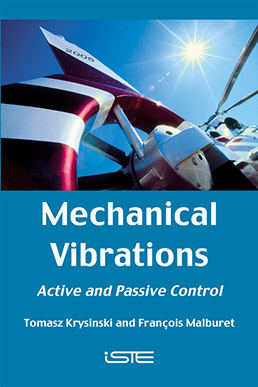
For all rotational machines, the analysis of dynamic stresses and the resulting vibrations is an important subject. When it comes to helicopters and piston engines, this analysis becomes crucial. From the design of parts working under stress to the reduction of the vibration levels, the success of a project lies mainly in the hands of the dynamicists. The authors have combined their talents and experience to provide a complete presentation on the issues involved. Part one describes, in concrete terms, the main dynamic phenomena and how they can be observed in reality. Part two presents information about the modeling methods required to understand the dynamic phenomena and develop solutions capable of eliminating the most serious effects.
Part 1. Sources of Vibrations
1. Unbalance and Gyroscopic Effects.
2. Piston Engines.
3. Dynamics of a Rotor.
4. Rotor Control.
5. Non-homokinetic Couplings.
6. Aerodynamic Excitations.
Part 2. Vibration Monitoring Systems
7. Suspensions.
8. Self-tuning Systems.
9. Active Suspensions.
10. Absorbers.
11. Self-adjusting Absorbers.
12. Active Absorbers.
13. Resonators.
14. Self-adapting Resonators.
15. Active Systems.
Tomasz Krysinski, a dynamics specialist, is Head of the vibration and internal noise department at Eurocopter engineering and design department.
François Malburet is an Associate Professor at ENSAM, Aix-en-Provence, France.